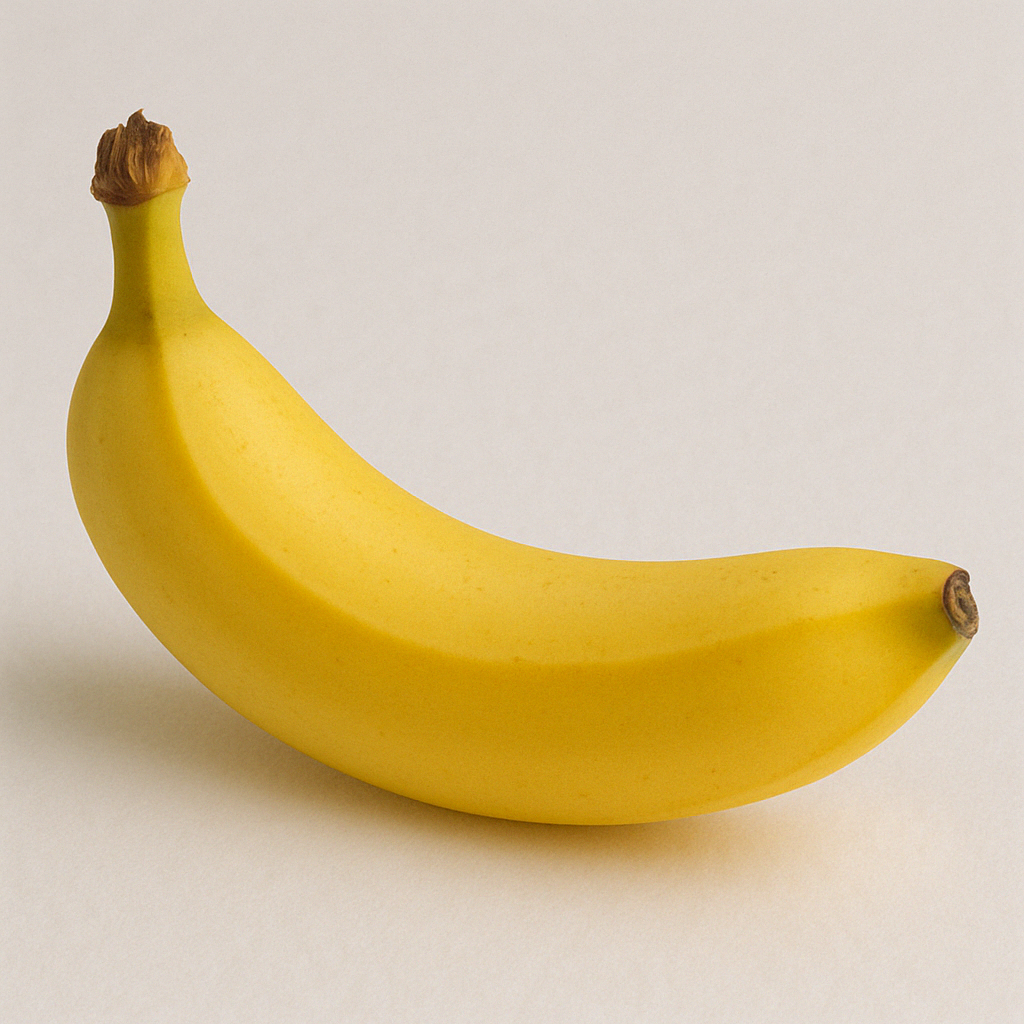
신선 바나나 from 인도
Be the first supplier featured in this market.
About this market
About
History
Bananas have been cultivated in India for over 4,000 years, with references found in ancient Hindu scriptures and Buddhist texts. The fruit is deeply ingrained in Indian culture, cuisine, and religious traditions. Over time, banana farming evolved from small-scale subsistence cultivation to commercial plantation farming, particularly in the 20th century when advancements in irrigation and tissue culture techniques improved yields. In the last two decades, India has increased its focus on export-oriented banana production, implementing improved logistics, cold storage facilities, and pest management programs to meet international quality standards.
Production Region
Banana cultivation in India is widespread, but the leading production states include:
- Maharashtra: A major producer of export-quality bananas, particularly the Grand Naine variety.
- Tamil Nadu: Known for high yields and diverse banana varieties, including indigenous cultivars.
- Gujarat: Produces bananas with a longer shelf life, making them suitable for exports.
- Karnataka & Andhra Pradesh: Major banana-growing regions supplying both domestic and international markets.
- Bihar & West Bengal: Key producers of local banana varieties, widely consumed in the eastern part of India.
Growing Conditions
Bananas require specific conditions for high yields:
- Climate: Tropical and subtropical, thriving in temperatures of 25-35°C.
- Rainfall: 1,200-2,500 mm annually, with irrigation needed in dry regions.
- Soil: Well-drained loamy soil with a pH of 6.0-7.5.
- Irrigation: Drip irrigation is widely used to improve water efficiency.
Harvesting Process
Bananas are harvested based on maturity indicators to ensure good shelf life:
- Maturity Age: 8-12 months after planting, depending on the variety.
- Harvest Method: Hand-cut to prevent damage, followed by de-handing and grading.
- Post-Harvest Treatment: Fruits are washed, treated with fungicides, and packed.
Cultivation Method
Banana farming in India combines traditional and modern techniques to maximize yield and quality:
- Tissue culture farming: Many commercial farmers use tissue-cultured banana plants to ensure disease resistance and uniform quality.
- Drip irrigation: To optimize water usage and enhance productivity, especially in semi-arid regions.
- Organic farming: Some farmers use natural fertilizers and bio-pesticides to cater to health-conscious consumers.
- Propping and bunch covering: Farmers use bamboo or plastic supports to prevent banana plants from bending under fruit weight and cover bunches with protective bags to enhance fruit quality.
- Post-harvest improvements: Investments in ripening chambers, cold storage, and better transportation logistics are helping improve banana exports.
Supply Chain
The supply chain involves multiple stakeholders, from farmers to exporters:
- Smallholder & Commercial Farms: Majority of banana production is from small farms.
- Cooperatives & Exporters: Aggregation centers help streamline exports.
- Cold Storage & Ripening Chambers: Essential for maintaining quality, though infrastructure is still improving.
Local Logistics
Bananas are transported across India using well-developed road networks:
- Cold Chain Facilities: Limited but expanding, particularly for exports.
- Distribution Hubs: Major wholesale markets in Mumbai, Chennai, and Delhi.
- Ports for Export: JNPT (Mumbai), Mundra, Chennai, and Vizag handle banana shipments.
Regulations and Certifications
India’s banana exports must comply with strict standards:
- APEDA (Agricultural & Processed Food Products Export Development Authority): Regulates export quality.
- GlobalG.A.P. & Organic Certification: Required for premium markets.
- Phytosanitary Compliance: Essential for exports to Middle Eastern and Southeast Asian markets.
Quality Standards
Bananas for export must meet size, color, and maturity criteria:
- Size: 18-25 cm in length, uniform grading.
- Color & Ripeness: Harvested at 75-80% maturity for best transport stability.
- Blemish-Free: Free from bruises, splits, and pest damage.
- Packaging: Usually 13 kg or 18 kg cartons, with ventilation for transport.
Trade Terms
Indian banana exports operate under standard trade conditions:
- MOQ (Minimum Order Quantity): 20 metric tons per shipment.
- Incoterms: FOB (Nhava Sheva, Chennai), CIF (Dubai, Iran, Malaysia).
- Payment Methods: Letter of credit, bank transfers.
Environmental and Social Impacts
Sustainability challenges and improvements in India’s banana industry:
- Water Management: High water usage requires efficient irrigation techniques.
- Waste Utilization: Banana stems and leaves are used for fiber production.
- Fair Wages & Labor Conditions: Farm workers require better income stability.
- Pesticide Management: Integrated pest management is being encouraged.
Uses
Bananas from India serve multiple markets and applications:
- Fresh Consumption: Sold domestically and exported as whole fruit.
- Processing Industry: Used in banana chips, purees, and baby food.
- Beverage Industry: Blended into smoothies and energy drinks.
- Flour Production: Unripe bananas are processed into gluten-free banana flour.
Additional Information
- India is increasing its banana export capacity, with investments in cold chain logistics.
- Iran, UAE, Saudi Arabia, Oman, and Malaysia are major export destinations.
- Government subsidies support farmers adopting tissue culture and organic farming.
Harvesting seasonality
Varieties
Grand Naine
A high-yield Cavendish variety, widely grown for export due to its uniform size, bright yellow color, and long shelf life.
Robusta
Another Cavendish-type banana, known for its firm texture and sweet taste.
Dwarf Cavendish
Popular in the domestic market, characterized by shorter fruits with a strong aroma.
Red Banana
A specialty banana with red skin and a unique, creamy texture, often consumed as a nutritional fruit.
Poovan (Rasthali)
A small-sized banana with a mildly acidic yet sweet flavor, commonly used in desserts.
Nendran
A firm-textured variety, mainly grown in Kerala for use in banana chips and traditional dishes.
Pachanadan
A quick-growing variety preferred for its high nutritional content.
Production of 신선 바나나 in 인도
Production overview
Production trend chart of 인도 신선 바나나
Export of 신선 바나나 from 인도
Export overview
Export trend
Export transactions from 2024
Major exporters of 인도 신선 바나나 in 2024





Major importers of 인도 신선 바나나 in 2024





Historical export price trends
Verified suppliers

/132x132/company-logo/d9/79/59/d979593026bcf9ee7001ee42d55e5421e146cf93/Circle_Reference.png)

/132x132/company-logo/6a/11/2a/6a112aafd3c40b83f2fe81253623a2da8a0da268/image_1648116998.jpg)

/132x132/company-logo/3f/f9/cf/3ff9cf557eb1e61b4f06a62dae8b2d37c5ea099e/Screenshot_20221012-003006_Chrome.jpg)
/132x132/company-logo/32/2c/8f/322c8f25532fba1fdd08990da6c475c7f435faaf/Twitter_Logo.png)











